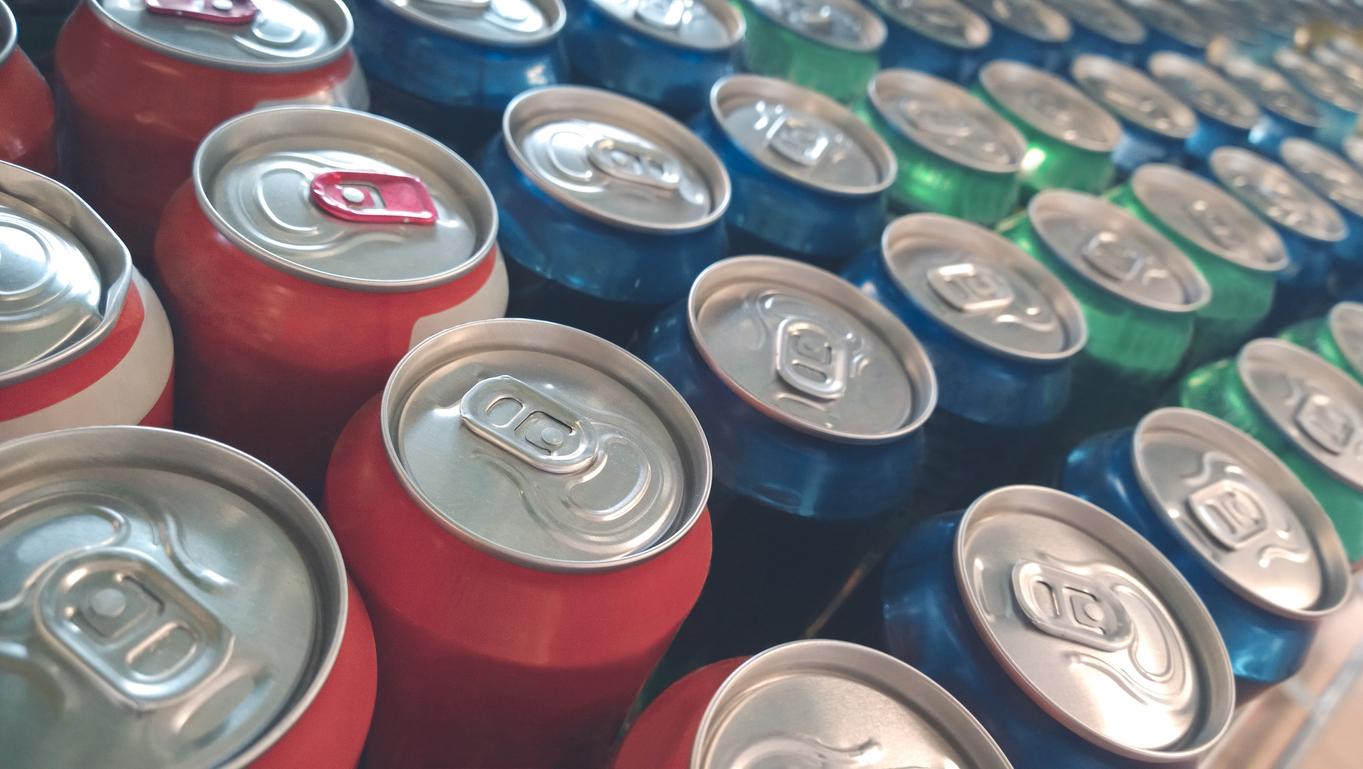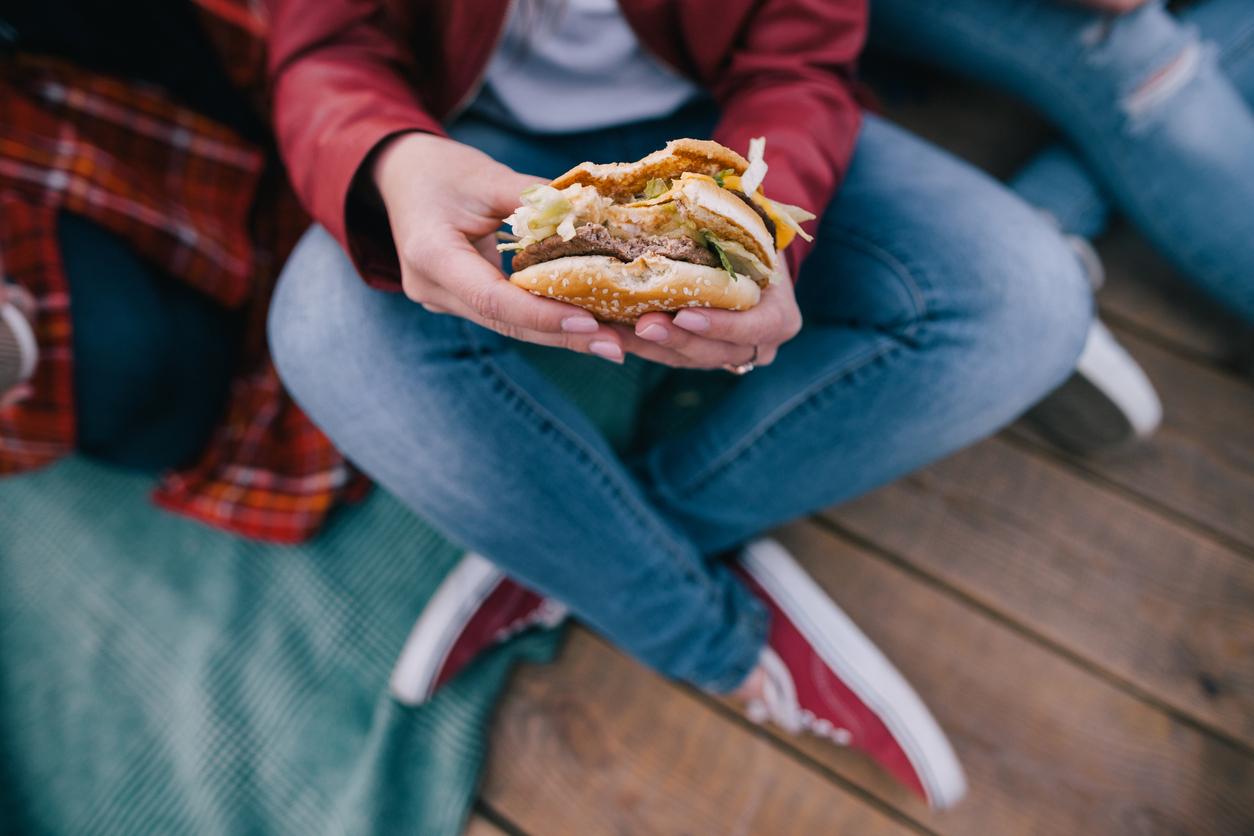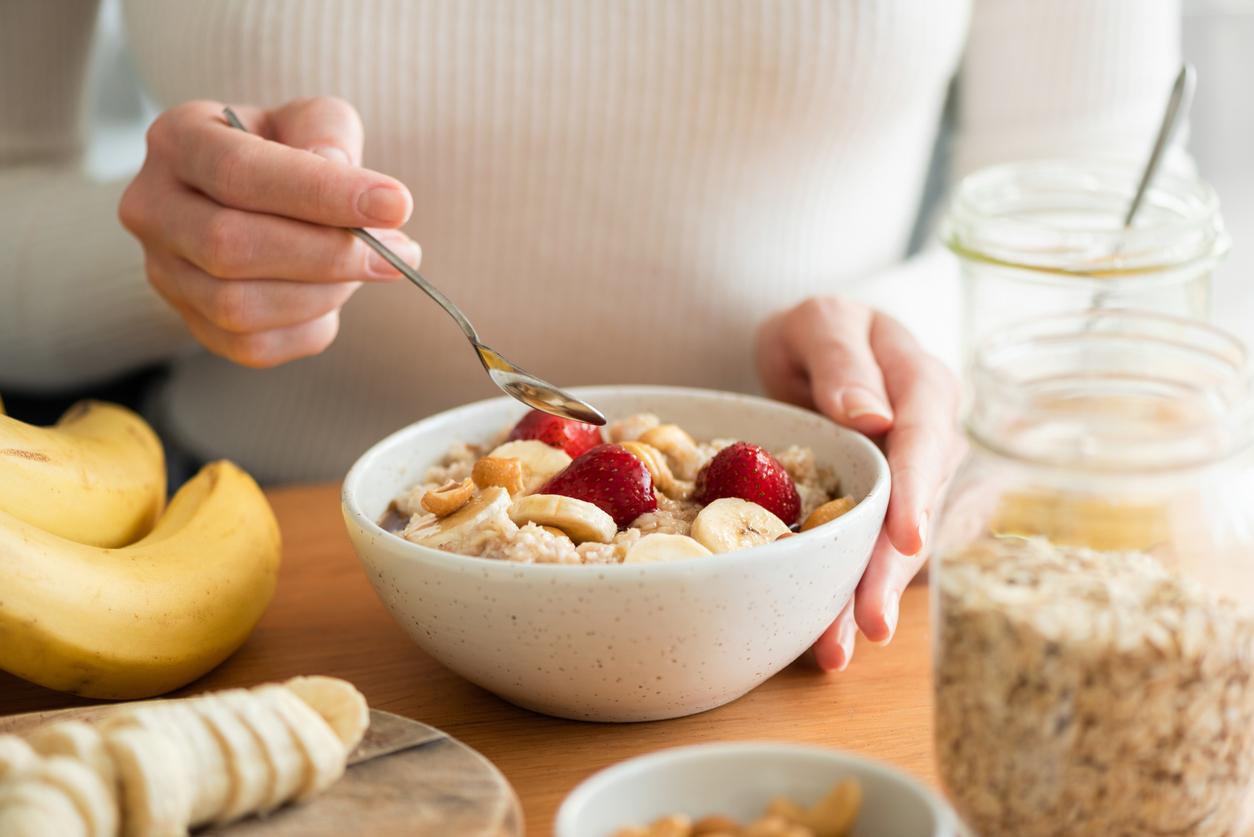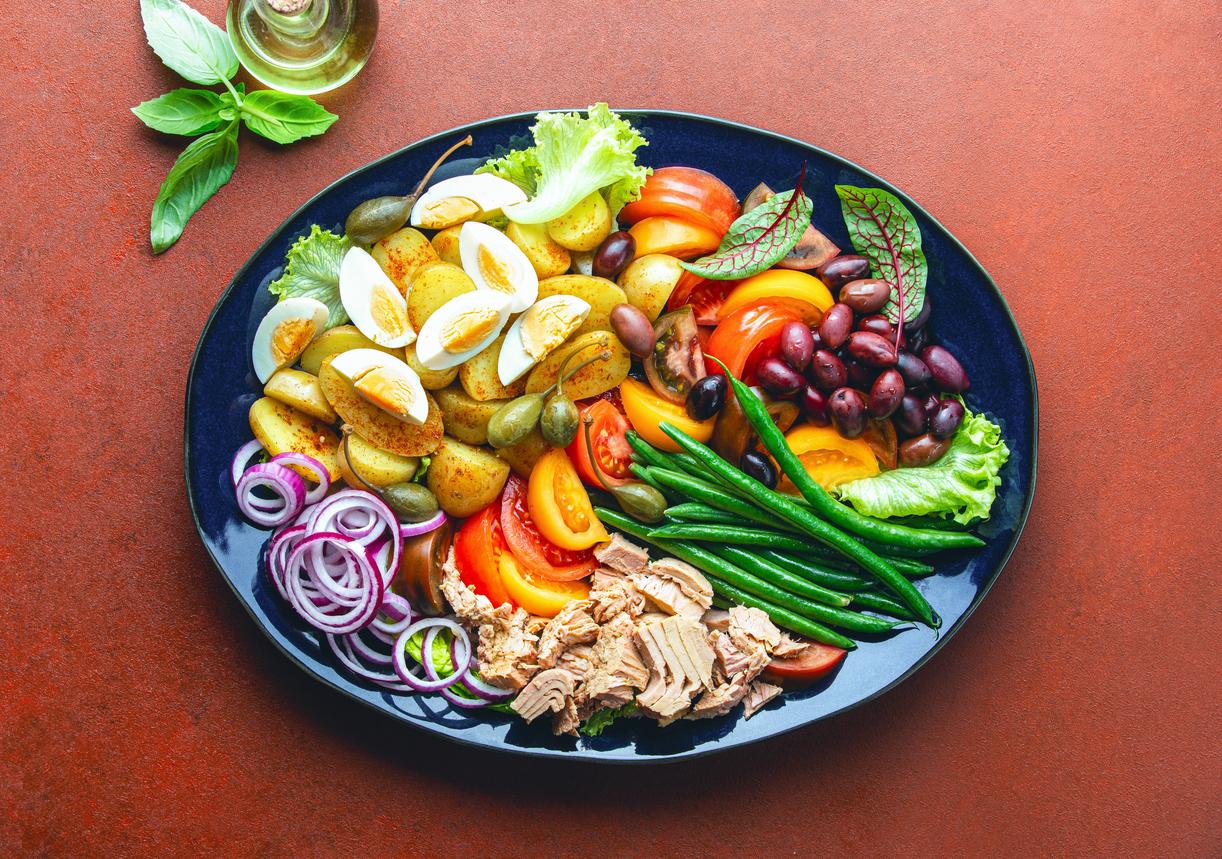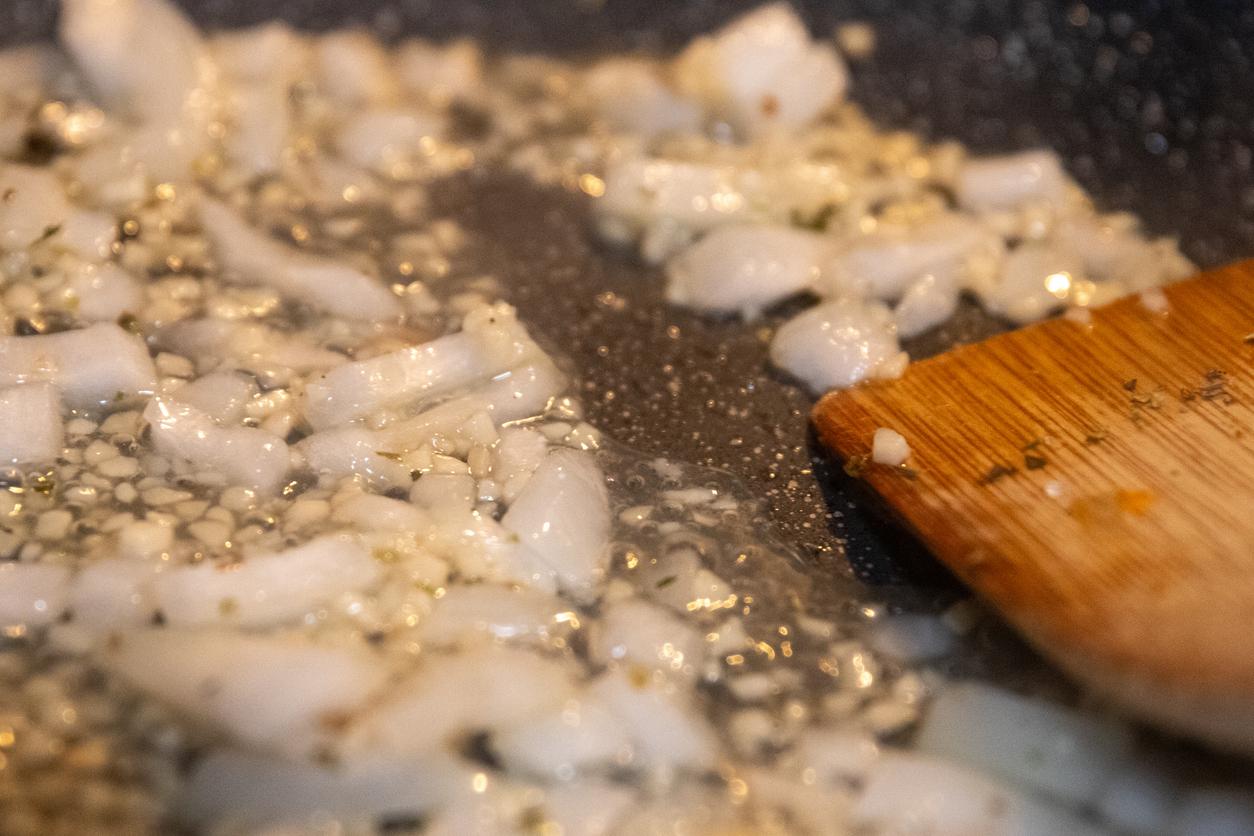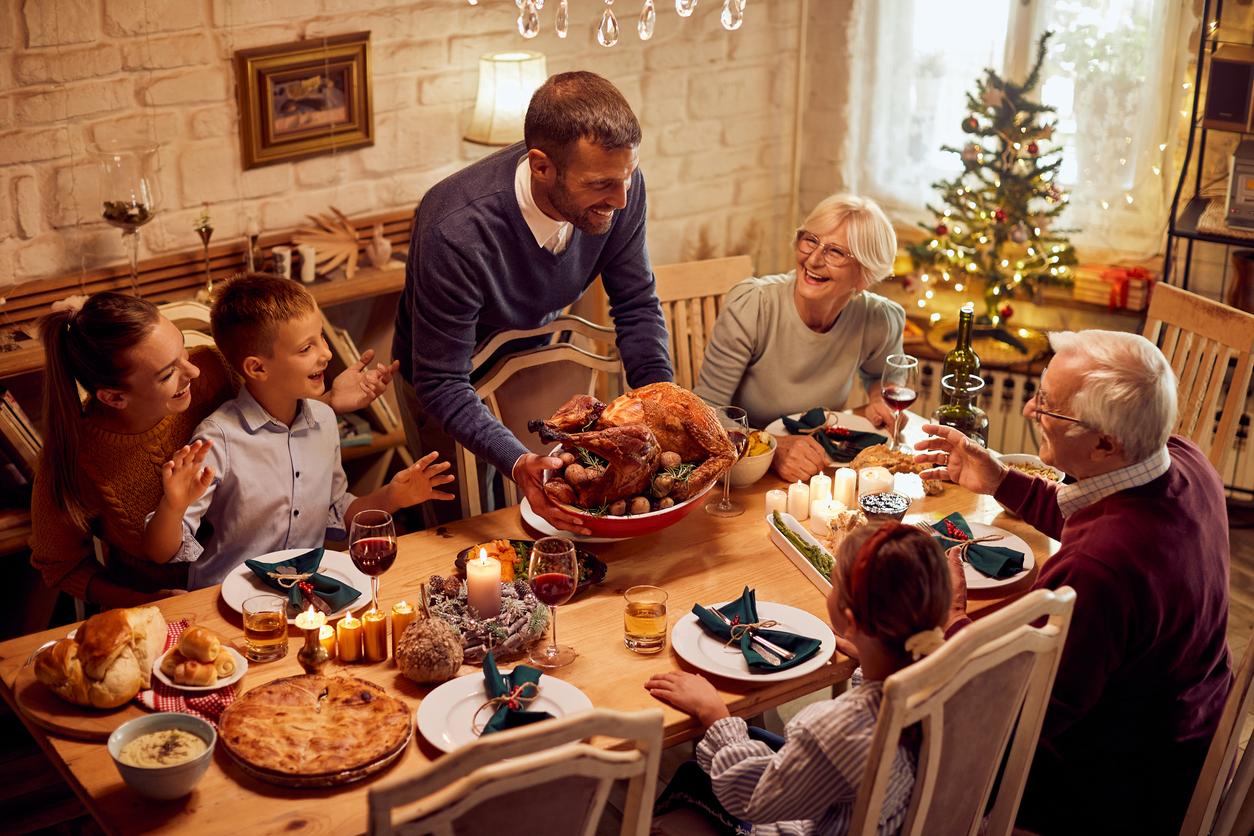60 supermarkets will experiment with the different nutritional logos. Simplified labeling aimed at improving consumer information.

Clarify nutritional labeling: this was the wish of the Minister of Health, Marisol Touraine, to fight against junk food. The project is taking shape since a testing phase starts on September 26th. Four simplified food labels will be confronted for more than two months. The Ministry of Health and the promoter of the tests, the FFAS (1), took stock on September 16 on the implementation of this experiment.
Four relabeled spokes
For 10 weeks, three supermarket brands will host the competing labels. Two of them express the overall results of the prepared product (Nutriscore and SENS), the others relate to the impact of major nutrients (Nutricouleurs and Nutettrepère). These are derived from systems already in place, notably in the United Kingdom.
Symbols with different objectives and messages, the effectiveness of which must be proven. At the same time, the E. Leclerc group – which is not taking part in the evaluation – is testing a fifth labeling on its online sales. It is taken from the logo Health Rising Star Australian. According to our information, the National Health Security Agency (ANSES) has started an analysis of this last labeling.
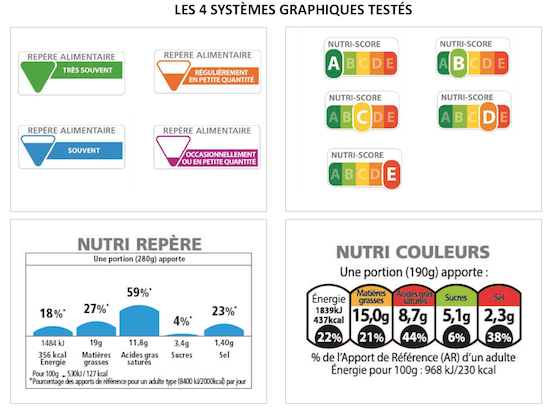
For the customers of these sixty supermarkets, it will therefore be necessary to make a choice. Because more than 1,200 references will be the subject of these tests. A brochure, available at the entrance to the stores, will guide them on the details of the experiment. For 20 establishments, no change will take place.
The other buyers will still be able to take their breath away: four departments will be concerned, the fresh caterer, traditional pastries, industrial breads and pastries and canned cooked meals. Namely the departments most affected by quality deviations. “At the end of ten weeks, it is estimated that more than two million labels will have been sticked”, specifies the FFAS in a press release.
The European Union in the sights
The steering committee selected four regions for the test phase: Île-de-France, unsurprisingly, but also Hauts-de-France, Haute Normandie and Rhône-Alpes. A choice that owes nothing to chance, insofar as it makes it possible to include both advantaged and severely disadvantaged populations. Indeed, the protocol stipulates that low-income households should be widely represented in half of the trial areas. In fact, they are the main victims of nutritional imbalances and lack of information.
How will the purchases be analyzed? Via sales receipts. The details of the purchases will be the subject of an in-depth study. The objective: to assess the impact of the different logos between them and to what extent they change the choices of customers. With this in mind, CREDOC (2) is responsible for carrying out qualitative surveys. The LinkUp Agency, which coordinates the work, has also benefited from research accreditation since 2013.
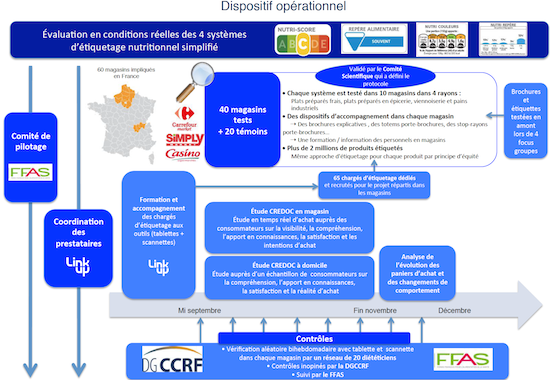
A serious serious procedure that is justified: France has in mind the application of the law to modernize the health system, which provides for the voluntary implementation of simplified labeling “by means of graphics or symbols”.
But that is not the only event in the mind of the ministry: France will also present its project to Europe. Indeed, in 2017, the member countries of the European Union must meet to compare their different logos and graphics. The goal is to achieve the same symbol recommended by the institution. A study carried out under strict conditions should have significant weight: France would be the only country to have complied with it.

(1) French Food and Health Fund
(2) Research center for the study and observation of living conditions
.







